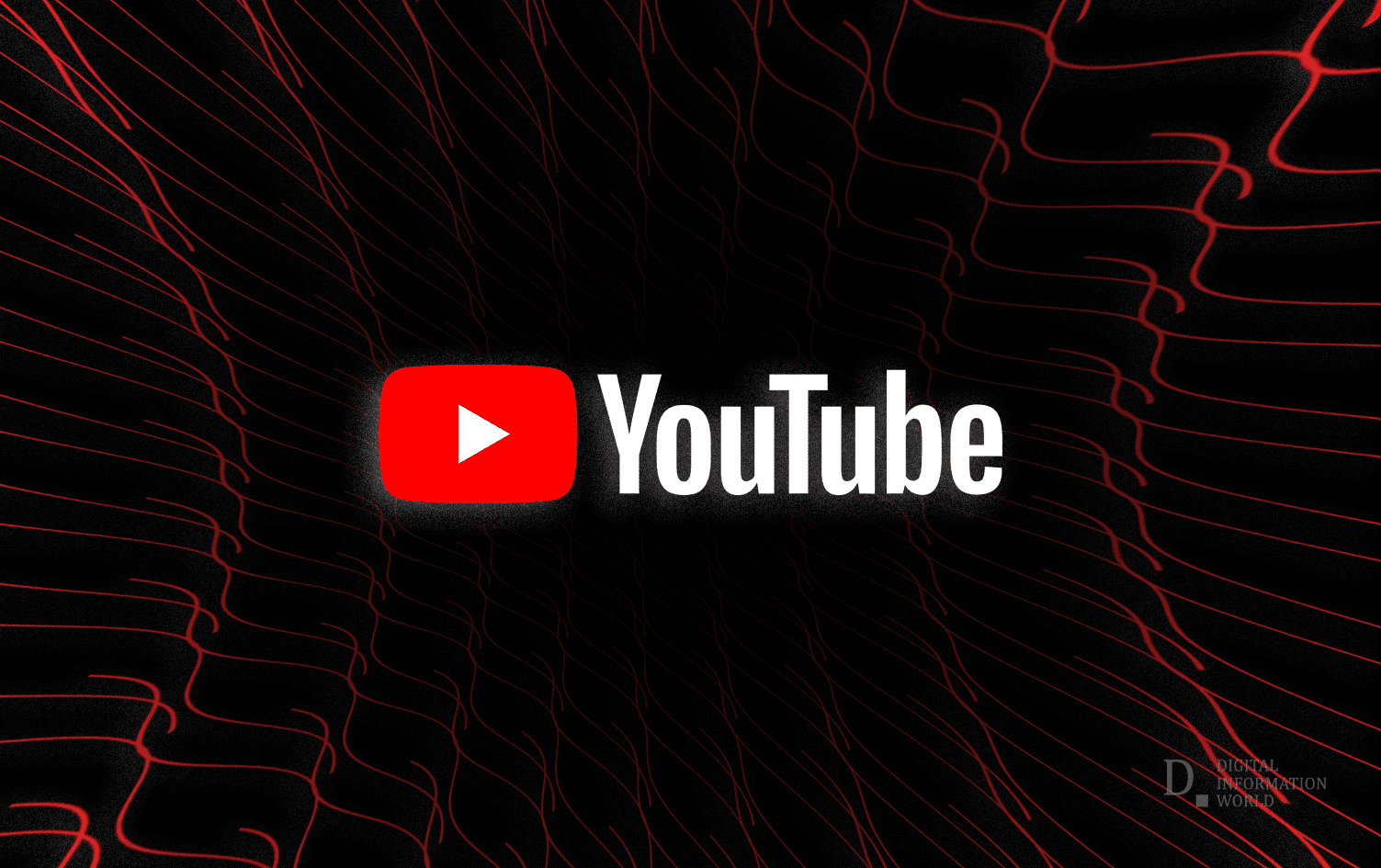With the introduction of target frequency for Google and YouTube ads, marketers will now have greater control over the number of times their ad is shown to users.
It is important to control the frequency with which an ad is shown to a user. When the same advertisement is shown again and again to the same audience, it won’t benefit the advertising brands or even the audience. This is the main concept behind target frequency, as it will aim to counter this from happening.
As told by Marvin Renaud, global video solution director at Google, to reach the number of impressions best matched with the brand and viewers is very difficult. The problem arises as a result of declining television viewership. Back in 2014, the viewership was recorded at 100 million in the United States alone. Based on the ongoing trend, it is expected that by 2025, viewership will be down to just forty-four million. To overcome the falling reach of the running advertisements, the repetition had to be increased, with the same ad being shown multiple times. This can lead to viewers getting agitated, and the investment done by the agencies can go down in vain. On average, the return on investment for advertising companies went down by 41 percent as they increased the number of impressions to more than six in a week.
According to the study conducted by Nielsen, almost half of the recurrence on television had no output. To ensure a stable return on investment, advertisers can set their number of impressions on YouTube between 1 and 3.
The feature was introduced back in February 2022, which empowered brands to regulate their ad repetition on YouTube. This can help these brands create a more impactful campaign by targeting ads to a specific audience with the help of target frequency.
It will be Google's responsibility to achieve views once the brand has established a target. Marvin wrote in his blog that 95 percent of the ads being run through this feature on YouTube were successfully able to reach their desired goal.
Read next: 89% of Hybrid Workers Say They Want Better Tech From Their Employers
It is important to control the frequency with which an ad is shown to a user. When the same advertisement is shown again and again to the same audience, it won’t benefit the advertising brands or even the audience. This is the main concept behind target frequency, as it will aim to counter this from happening.
As told by Marvin Renaud, global video solution director at Google, to reach the number of impressions best matched with the brand and viewers is very difficult. The problem arises as a result of declining television viewership. Back in 2014, the viewership was recorded at 100 million in the United States alone. Based on the ongoing trend, it is expected that by 2025, viewership will be down to just forty-four million. To overcome the falling reach of the running advertisements, the repetition had to be increased, with the same ad being shown multiple times. This can lead to viewers getting agitated, and the investment done by the agencies can go down in vain. On average, the return on investment for advertising companies went down by 41 percent as they increased the number of impressions to more than six in a week.
According to the study conducted by Nielsen, almost half of the recurrence on television had no output. To ensure a stable return on investment, advertisers can set their number of impressions on YouTube between 1 and 3.
The feature was introduced back in February 2022, which empowered brands to regulate their ad repetition on YouTube. This can help these brands create a more impactful campaign by targeting ads to a specific audience with the help of target frequency.
It will be Google's responsibility to achieve views once the brand has established a target. Marvin wrote in his blog that 95 percent of the ads being run through this feature on YouTube were successfully able to reach their desired goal.
Read next: 89% of Hybrid Workers Say They Want Better Tech From Their Employers

